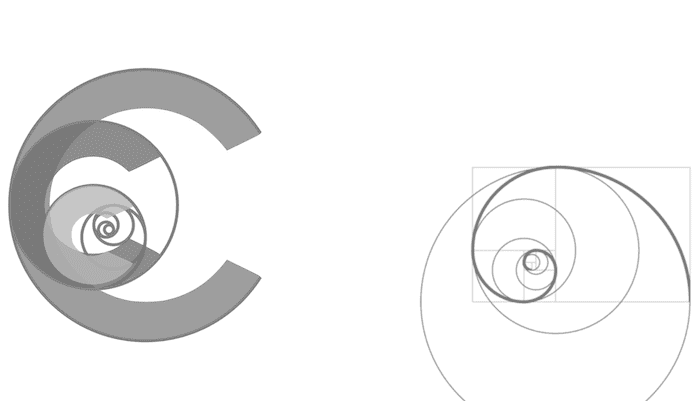Continuous Renal Replacement Therapy
Reviewed and revised 30 September 2015
OVERVIEW
Continuous Renal Replacement Therapy (CRRT) Circuits
USE
- renal replacement therapy
- therapeutic plasma exchange
- haemoperfusion
DESCRIPTION
- intravenous access with large bore double lumen catheters (vascaths)
- blood enters an extracorporeal blood circuit
- blood is driven to a semi-permeable membrane by peristaltic pumps
Types of RRT defined by the following:
- Frequency of treatment:
— Intermittent, continuous, slow continuous - Vascular access mode:
— Arterio-venous (AV), veno-venous (VV) - Technique of blood purification:
— ultrafiltration, haemofiltration, haemodialysis, haemodiafiltration
All circuits have these components:
- Extracorporeal circuit tubing
- Semipermeable membrane or filter
- Dialysis and/or replacement/substitution fluids
- Peristaltic pumps
- Effluent collection system
- Anticoagulation
– portals to connect drug infusions
— specific design features such as: circuit closed to air, smooth surfaces without stagnant areas of flow; circuit may be heparin bonded - Safety features:
— Air bubble trap and pressure alarms
METHOD OF INSERTION/ USE
Method of anticoagulation
- None if autoanticoagulated
- regional (only the circuit is anticoagulated; e.g. citrate, heparin with protamine)
- systemic delivery (the patient is also anticoagualted; e.g. unfractionated heparin, low molecular weight heparin, prostacyclin, hirudin derivatives)
Membrane/filter size and material
- semi-permeable, which allows separation of solutes between blood and dialysate
- Flux rating affects the ultrafiltration coefficient
— higher flux allows greater fluid movement acros the membrane - cellulose membranes
— low flux, porosity effectively has a MWT cut off < 5000D, less biocompatible with a greater inflammatory response - synthetic membranes
— low or high flux, can clear much larger molecules - Commonly used filter in Australasia is the AN 69
– a synthetic membrane (polyacrylonitrile and sodium mathallyl sulfonate copolymer)
— combines biocompatibility with solute and fluid clearance. - Membrane surface area varies
— for high volume haemofiltration it needs to be ~ 1.6–2 m2
Dialysis and replacement fluids containing a buffer (lactate or bicarbonate)
- pre-prepared 5L bags
- The same fluid is used for dialysis and replacement
- composition aids diffusion and prevents derangement of blood chemistry when used as replacement
- Lactate based solutions are cheaper and more stable in solution, but can accumulate in liver dysfunction or if coexistent lactic acidosis
- special fluids needed if citrate is used for regional anticoagulation
COMPLICATIONS
Line related complications
- see central venous line / vascath
Circuit related complications
- air embolism
- clotting of circuits
- bleeding from systemic anticoagulation
- DIC
- anaemia
- thrombocytopenia
- hypothermia
- hypotension
— due intravascular hypovolaemia or SIRS response
— sometimes decreased vasopressor requirements may occur , presumably because cytokines are removed in patients with SIRS - electrolyte derangements
— hypokalaemia, hypomagnesaemia, hypophosphataemia - dialysis disequilibrium syndrome (DDS)
— much less common with CRRT than intermittent haemodialysis
— if solute clearance from the blood compartment is too rapid to allow equilibration with other compartments (e.g. brain), fluid moves out of the blood compartment resulting in adverse fluid shifts (e.g. cerebral edema)
Filter specific complications
- charcoal haemoperfusion
— hypocalcaemia, hypoglycaemia and thrombocytopaenia - plasma exchange
— coagulopathy (if large exchanges without FFP), immune suppression, exposure to replacement fluid (e.g. anaphylaxis, pyrogenic reactions to FFP)
Anticoagulation complications
- heparin
— haemorrhage, HIT - citrate
— metabolic alkalosis and hypocalcaemia
CIRCUIT DIAGRAMS
Great circuit diagrams from DerangedPhysiology.com:
- CVVH: Continous Veno-Venous Hemofiltration circuit diagram
- CVVHD: Continuous Veno-Venous Hemodialysis circuit diagram
- CVVHDF: Continuous Veno-Venous Hemodiafiltration circuit diagram
References and Links
LITFL

Critical Care
Compendium
Chris is an Intensivist and ECMO specialist at The Alfred ICU, where he is Deputy Director (Education). He is a Clinical Adjunct Associate Professor at Monash University, the Lead for the Clinician Educator Incubator programme, and a CICM First Part Examiner.
He is an internationally recognised Clinician Educator with a passion for helping clinicians learn and for improving the clinical performance of individuals and collectives. He was one of the founders of the FOAM movement (Free Open-Access Medical education) has been recognised for his contributions to education with awards from ANZICS, ANZAHPE, and ACEM.
His one great achievement is being the father of three amazing children.
On Bluesky, he is @precordialthump.bsky.social and on the site that Elon has screwed up, he is @precordialthump.
| INTENSIVE | RAGE | Resuscitology | SMACC
